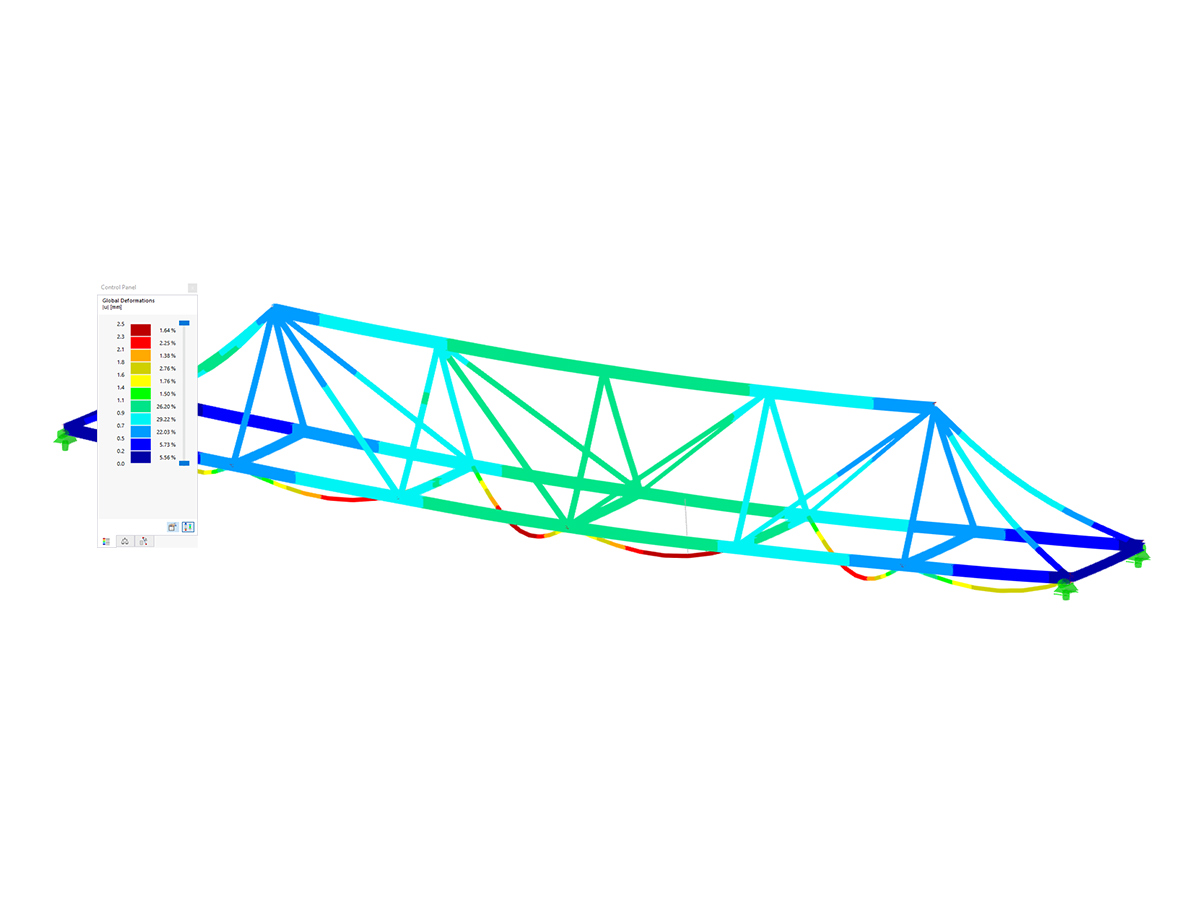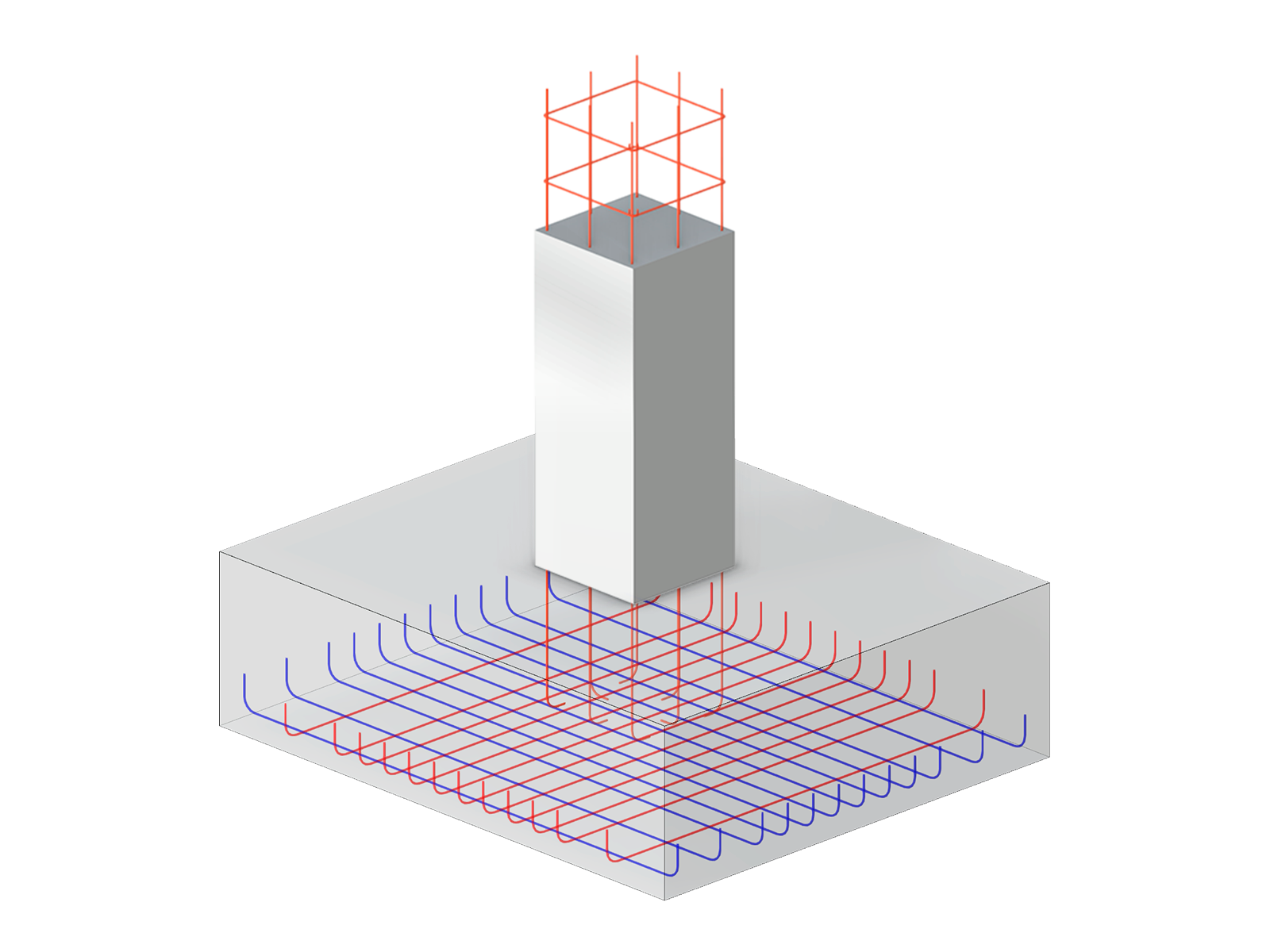Both RFEM and RSTAB provide solution: There are numerous European and international standards as well as add-ons available for both programs that can facilitate your daily work in structural steel design.
Main Programs RFEM and RSTAB
The main programs RFEM and RSTAB are used to define the model with its properties and actions. In addition to spatial frame and truss structures, such as halls or scaffolding, it is possible to model plate, wall, and shell structures with RFEM. Thus, RFEM is the more versatile variant—especially if you work in other areas, such as solid construction.
Available Standards
- EN 1993 (Eurocode 3)
- BS 5950 (British standard)
- AISC 360 (US standard)
- SIA 263 (Swiss standard)
- IS 800 (Indian standard)
- GB 50017 (Chinese standard)
- CSA S16 (Canadian standard)
- AS 4100 (Australian standard)
- NBR 8800 (Brazilian standard)
- SP 16.13330 (Russian standard)
Add-ons for Steel Structures
Design add-ons supplement the functionality of the main programs. The Steel Design add-on allows you to perform the ultimate and serviceability limit state design checks, as well as the stability analysis according to the standards listed above. The Torsional Warping (7 DOF) analysis add-on allows for lateral-torsional buckling design with up to seven degrees of freedom. The Stress-Strain Analysis add-on provides the option for general stress design checks, where the existing stresses are compared to the limit stresses.
Use the Steel Joints add-on if you want to analyze hinged and rigid steel connections.
The design checks can be carried out for a large number of standardized and parameterized cross-sections. If you use your own cross-sections, you can define them with the RSECTION program, and use them for further design in RFEM or RSTAB.
In case of any questions about the Dlubal steel design solutions, our sales team will be happy to assist you.


.png?mw=760&hash=109ab18a532c516ad8fd735cebcb8bf826329c81)











.png?mw=600&hash=49b6a289915d28aa461360f7308b092631b1446e)


















